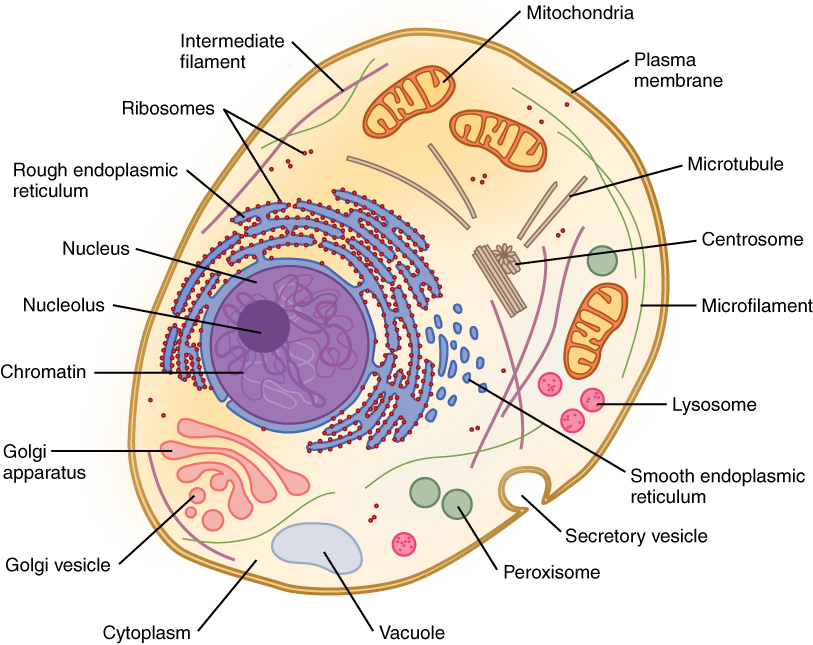The cell is the basic unit of any living organ and it is the organ that replicate on its own determining growth. The cell does not need any other triggering element for its multiplication since it is self contained. Cell was first discovered by Robert Hooke in the year 1665. A person is made of 10 trillion cells or even more and this fundamental organ can be seen only under a microscope.
Any problem in the cell or its parts can cause serious implications on a person’s growth. Some of the common cellular diseases are cancer, sickle cell disease and Alzheimer’s disease. The cells group together to form a tissue and thousands of such tissue performing same activity, would fuse together to form an organ.
Properties (Functions) Of Human Cell
- Cells are particles that are highly organized and complex.
- Cells contain several structures in it of which some have membrane covering and others do not.
- Cells are formed in accordance with genetic blueprint receiving instructions from genes.
- If there is any error during transfer of information from genes it can cause mutations.
- Cells can give birth to several daughter cells by binary fission method.
- The genetic component of the new cell formed is identical with that of mother cell which forms the basis of asexual reproduction.
- Sometimes the genetic component of the daughter cell is half that of mother cell which forms the basis of sexual reproduction.
- Cells can involve in several kinds of chemical reaction like metabolism, anabolism and catabolism.
- Cells can generate energy through its organelles.
- Cells and their organs can move and they can respond to stimuli.
- Cells are responsible for controlling DNA synthesis, regularize metabolic activities and cell division.

Parts Of Human Cell
The human cell is made of several organs destined to perform specific function and they are known as organelles. The cell contains a gel like matrix called the cytoplasm which includes all the components of cell. In this article we shall discuss more information about the various organelles present in the cell.
-
Cell Membrane
The outer covering of the cell is known as cell membrane. Cell membrane is made of proteins and lipids making it easy for the cell for exchange of matter with other cells. Cell membrane is made of 4 kinds of molecules namely phospholipids, carbohydrates, proteins and cholesterol. Cell membrane is semisolid in structure facilitating movement of cell organs to other places. Two basic functions of cell membrane are giving protection to the cell and regulating exchange of substances from the cell to outside atmosphere.
-
Cytoplasm
Cytoplasm is the name given to the filling fluid of the cell which is also known as protoplasm. Cytoplasm is the place where number of cell organs like golgi bodies, endoplasmic reticulum and mitochondria is freely floating. In addition to these organs, cytoplasm also contains a nucleus surrounded by a nuclear membrane. Cytoplasm is made of many kinds of molecules and various enzymes, sugars, fatty acids and amino acids that are necessary for the function of cell. Waste products are dissolved in the fluid and are excreted by the vacuoles.
-
Endoplasmic Reticulum
Endoplasmic reticulum or ER is made of network of membranes which includes tubules and vesicles. It acts as manufacturing and packaging unit of the cell and designed well to keep its organs isolated from other parts of the cell, until the process of manufacturing is complete. The membranes of ER vary from cell and cell and it determines the shape and size of ER.